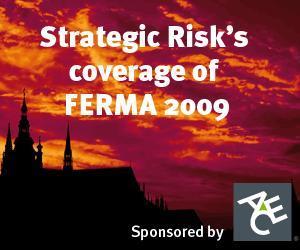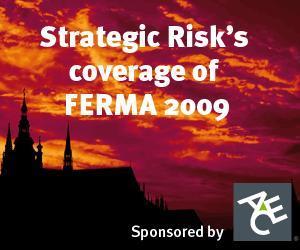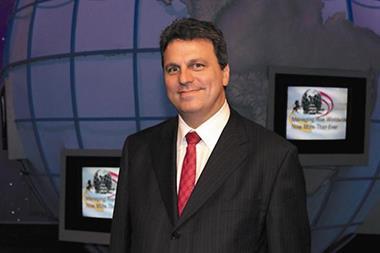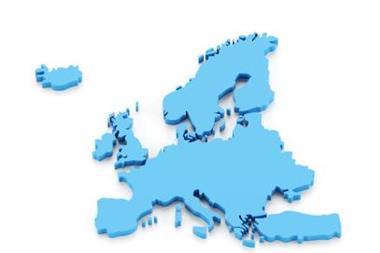Pierre Sonigo gives his own perspective on the development and complexities of the ELD
As early as 1993, during discussions on the Green paper of what was to become the Environment Liability Directive, and then in 2000 when the White paper was prepared, industry representatives expressed concerns about the new liabilities this regulation would imply. Although agreeing with the environmental objectives of the directive, they were concerned about the potential financial impact of unknown applications of this new legislation. They therefore insisted that these new risks be mitigated and that adequate insurance coverage be available to protect them. The legislator listened and required that specific insurance products be developed in that respect. More than 10 years later where do we stand?
Clearly, three issues remain pending from a risk manager’s perspective: the legal imbroglio of the transposition of the directive in the 27 countries of the EU, the difficulty in analysing the adequacy of insurance solutions available for the new exposures resulting from the directive, and the lack of tools to do a proper risk assessment to determine if insurance is needed in the first place.
The framework directive left a wide margin for the implementation of important measures at the discretion of the member states. This applies to the scope of liabilities, the exemptions granted (permit to operate and state of the art), defences, etc.
The directive only represents minimum requirements, and each member state can adopt more stringent provisions if they wish. A few of them did not hold back from doing so! Twenty member states have notified complete transposition of the directive but seven received condemnation from the Court of Justice for not having done so (Austria, Finland, France, Greece, Luxembourg, Slovenia and the UK).
Some member states decided to update existing laws to accommodate the directive; others took this opportunity to clean up their regulations and replace old texts with new ones, but a few decided to keep the old ones and just add another layer of regulation, which can only make the system more complex to implement. All this can make the job of a risk manager who wants to establish a European cover (including the possibility of cross border events) for his entities an almost impossible task.
“There is not sufficient loss information to use a sound statistical base for projecting what the future will look like.
Today many insurance products claiming to cover the new risks generated by the directive exist in the market. Some are offered by private insurers, other by pools. In six member states (Bulgaria, Czech Republic, Greece, Hungary, Portugal, Romania, Slovakia, Slovenia and Spain), the coverage is even compulsory by law!
The problem is that a detailed analysis of the wording of some of these contracts shows that not all potential consequences are covered. Many doubts remain on the applicability of the policy and the claims handling. Such factors as the policy trigger, the applicable law (civil or public), the definition of environmental damage, the types of indemnification (preventive and remedial actions), the temporal limitations to name a few, are handled differently in each coverage and are not always clear. The debate whether coverage needed for the ELD should be an extension of existing liability policies (general, automobile, marine, professional, D&O) or should be written in separate contracts is not over yet. After all, many insureds consider that they already have adequate pollution insurance for sudden and accidental events which cover traditional damage (bodily injury, property damage or economic loss). Why not just extend them to water, soil natural habitat and endangered species? The directive requires a ‘restoration in kind’ which means an obligation to restore, rehabilitate or replace damaged natural resources/services, or to provide an equivalent alternative to these resources. It is no wonder that industry representatives and their insurers (possibly also the competent authorities in charge of the implementation) are not very comfortable with these new concepts! Despite the new policies they have developed, insurers complain that industrial buyers are not keen on purchasing the coverage.
The reasons are obscure: is it the lack of clear understanding of the specificities of the directive? the silos existing between environment experts and insurance managers in many companies? or simply a poor appreciation of the risk exposures?
It is true that doing a proper risk assessment of real exposures is not very easy. The directive normally applies to Natura 2000 areas. Often there is little or no knowledge of the natural resources around production facilities. It is also important to determine and monitor over time the ‘baseline’ of natural habitat and endangered species to be used as a reference after a loss. Clearly adequate expertise is lacking in these areas. All this means that large amounts of money will be spent in consultants’ and lawyers’ fees before and after a loss to assess pre-existing conditions, preventive measures and the environmental damage, determine remedial actions and negotiate with the competent authorities acceptable solutions, or litigate to come to a reasonable agreement. There is not sufficient loss information to use a sound statistical base for projecting what the future will look like.
The Commission has to report before 30 April 2010 on the effectiveness of the ELD in terms of actual remediation of environmental damage, and the availability at reasonable costs and conditions (whatever that means) of insurance and other type of financial guarantees for the activities listed in Annex 3 of the directive. It will be difficult for this report to reflect the complexity of the existing situation. Let us hope for a balanced document which will allow flexibility to solve the remaining challenges still ahead. Pierre Sonigo is secretary general of the Federation of European Risk Management Associations



















